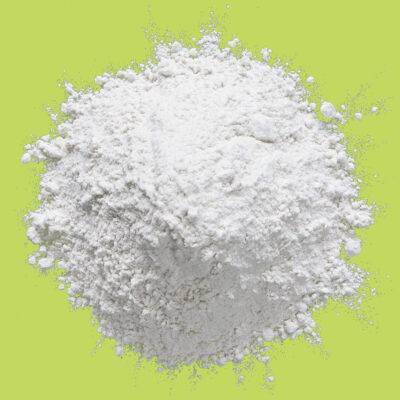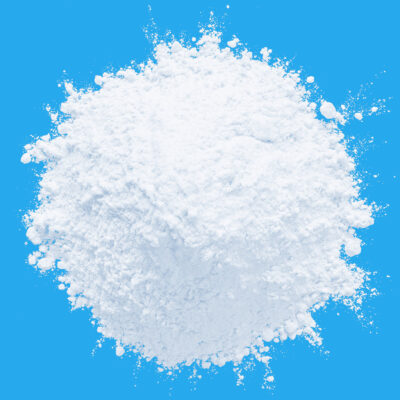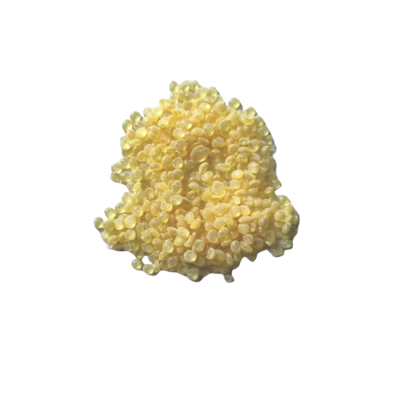Painting a room or an object is more than just adding color; it’s about creating a durable and high-quality finish. Enter Methyl Ethyl Ketoxime (MEKO), a chemical compound that plays a crucial role in improving paint quality. Let’s explore why using MEKO is a game-changer in the paint industry.
Description:
Methyl ethyl ketone oxime is the organic compound with the formula C2H5C (NOH)CH3. This colourless liquid is the oxime derivative of methyl ethyl ketone. MEKO, as it is called in the paint industry, is used to suppress “skinning” of paints: the formation of a skin on paint before it is used. MEKO functions by binding the drying agents, metal salts that catalyse the oxidative crosslinking of drying oils. Once the paint is applied to a surface, MEKO
evaporates, thereby allowing the drying process to proceed.
First and foremost, MEKO acts as an anti-skinning agent. Skinning is a phenomenon where the top layer of paint thickens or forms a skin when exposed to air, leaving the paint underneath less usable. MEKO prevents this by reacting with oxygen, essentially putting a stop to the skinning process. This means when you open a can of paint after some time, you won’t find a dried-up layer on the surface, ensuring that the paint inside remains fresh and ready to use.
Durability is a key factor when it comes to paint quality, and this is where MEKO shines. It enhances the cross-linking of polymers in the paint, making the painted surface more robust and resistant to wear and tear. Whether it’s a wall, a piece of furniture, or an industrial structure, the use of MEKO contributes to the longevity of the paint job, ensuring it withstands the test of time.
MEKO also plays a crucial role in preventing the formation of bubbles and foam in paint. When you’re applying paint, the last thing you want is a bubbly or foamy mess. MEKO acts as a defoaming agent, ensuring a smooth and even application of paint. This is especially important for achieving a professional finish, whether you’re painting your home or working on a large-scale industrial project.
Odour can be a significant concern when it comes to paint. MEKO helps in minimizing the strong and sometimes unpleasant smell that can linger after painting. By reducing the volatile organic compounds (VOCs) in the paint, MEKO contributes to a more pleasant and less obtrusive painting experience. This is particularly beneficial for indoor applications where ventilation might be limited.
MEKO also enhances the drying process of paint. Quick drying is advantageous for both professionals and DIY enthusiasts. It means you can move on to the next coat or task more swiftly. MEKO facilitates the drying of paint without compromising its quality, contributing to more efficient and time-saving painting projects.
Another significant aspect of MEKO is its role in preventing the corrosion of metal surfaces. When used in metal-coating paints, MEKO helps protect the metal from rust and corrosion. This is particularly important for applications in industries such as automotive and construction, where metal surfaces are prevalent. MEKO acts as a corrosion inhibitor, ensuring the longevity and appearance of painted metal objects.
Compatibility is a key feature that makes MEKO an excellent choice for a variety of paints. It can be used in different types of oil-based and paints. This versatility means that whether you’re working on a household project or an industrial application, MEKO can be seamlessly integrated into various paint formulations.
Furthermore, MEKO is an effective stabilizer for certain pigments in paint. Some pigments are prone to settling, clumping, or reacting with other components in the paint, leading to color inconsistencies. MEKO helps maintain the stability of these pigments, ensuring that the color of the paint remains uniform and true over time.
MEKO is known for its low toxicity. While safety precautions should always be followed when working with chemicals, MEKO is considered less harmful than some alternative additives. This makes it a responsible choice for both manufacturers and consumers concerned about health and safety.
In conclusion, using Methyl Ethyl Ketoxime (MEKO) is a wise decision for enhancing paint quality. Its anti-skinning, durability-boosting, defoaming, odour-reducing, quick-drying, corrosion-inhibiting, and stabilizing properties make it a versatile and valuable additive in the paint industry. Whether you’re painting a room, a piece of furniture, or a large-scale industrial project, MEKO contributes to a high-quality finish that is both durable and visually appealing. As a multi-functional paint additive, MEKO proves that sometimes a small chemical compound can make a big difference in the world of paints.










Leave a Reply